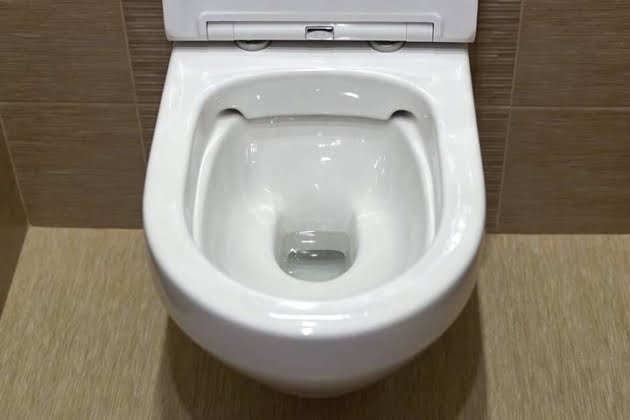For most homeowners, a malfunctioning toilet is like a complete mystery to them. Sometimes, there is ghost-flushing, a strange phenomenon that describes when the toilet suddenly flushes by itself. At other times, the toilet might run constantly, unable to stop flushing no matter what you do. And then, there is the problem of a toilet not filling with water, which is frequently encountered in many homes.
Before you can fix the broken flush system, you should figure out what is causing the problem in your toilet. From a worn-out flapper to a failing float ball, there are many reasons why a toilet tank does not fill up with enough water. Once you have identified the culprit, consult a local plumber and get the toilet repaired as soon as possible.
Here are the possible reasons why your toilet bowl is not filling with water after a flush:
Flush Handle & Flapper Chain
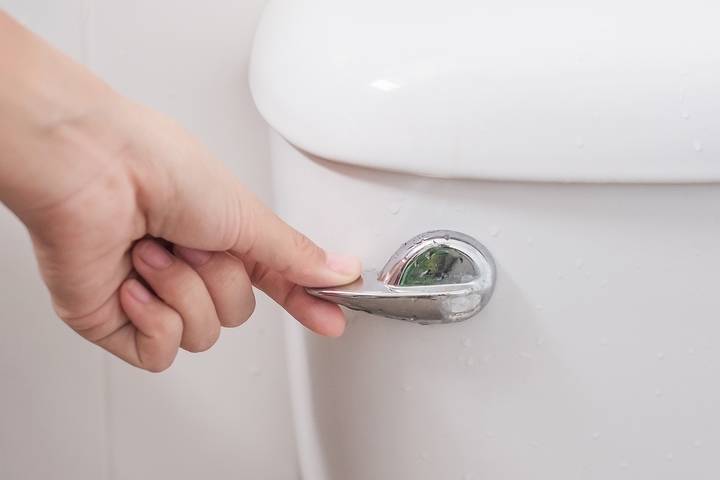
The flapper or flush valve seal is the plug responsible for sealing the drain hole after the flush cycle is complete. If the part is faulty, you may experience a running toilet, making it harder for the toilet tank to fill with water. This problem usually happens for two reasons:
- The chain attached to the flush rod is too long.
- The rod that hits the tank is too long.
In either case, you can fix the problem by adjusting the chain’s linkage. When closed, the flapper should leave a bit of slack. Cut off the excess links at the rod to prevent tangles. Place the lid back on the toilet to check whether the rod will hit it when you pull the lever. If it does, readjust the chain and bend the flush rod slightly downwards.
Float Ball
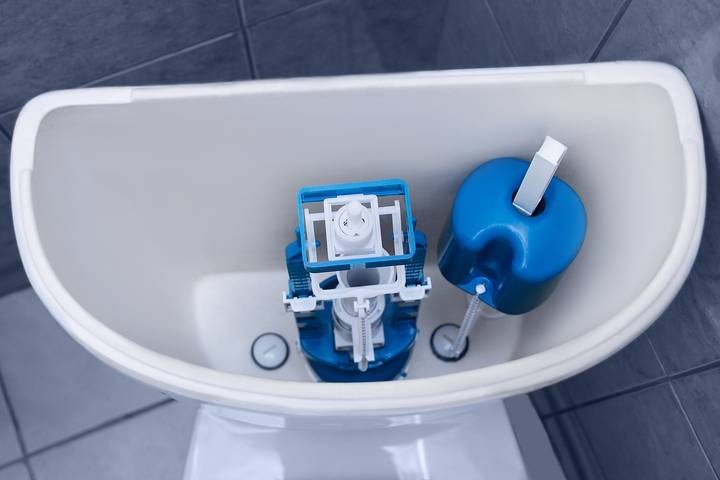
A failing float ball is one of the likeliest suspects if your toilet won’t fill with water after a flush. The float ball is a fixture that sits above the surface of the water in the toilet tank. This component is responsible for stopping the influx of water. When the water level reaches the right height, the float ball cuts off the supply. The float arm is controlled by the float ball to block the flow of water.
If your toilet tank never has enough water, the float ball could be too low. To remedy this issue, simply bend the float arm upwards. Doing this will move up the float ball, allowing sufficient water to get into the tank. If the ball remains at a low level even after doing this, it’s best to replace the float ball.
Fill Valve

The fill valve might be another reason why your toilet bowl is not filling with water after a flush. A fill valve is the fixture that controls the flow of water into the toilet from the main supply line. To access your toilet’s fill valves, use a flat head screwdriver to remove the toilet cap lid. The fill valves are usually installed on the left side.
Now, raise the fill valve by turning the adjustment screw clockwise. Doing this will allow more water to flow into the tank. Flush the toilet to check if the water is filling the tank properly. If you don’t feel confident about this procedure, consult a residential plumber to inspect and repair your toilet.
Worn-Out Flapper
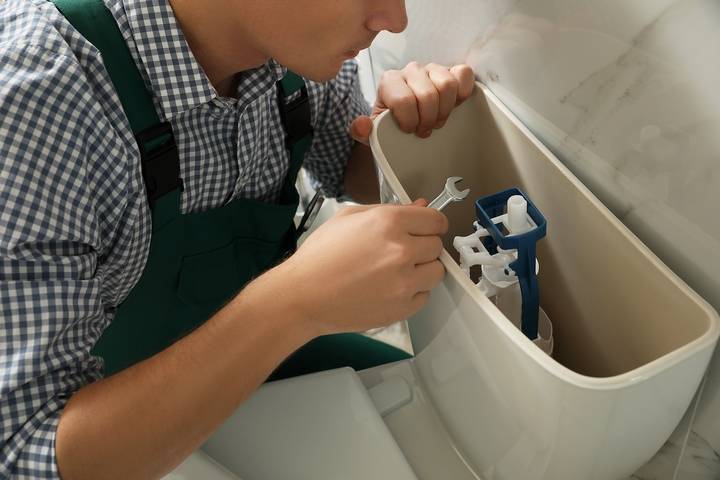
If the flapper is worn out, adjusting it doesn’t make any difference. In this case, the only solution is to replace the flapper, but make sure you find an exact replacement. Take out the old flapper and carry it with you to the hardware store, because they usually have a wide variety.
Some flappers feature a ring that goes over the tube, while others simply snap over the flush valve’s ears. Flapper styles have significantly increased over recent years. To make the purchase process easier on yourself, note down the specifications of the model.
Damaged Fill Tube
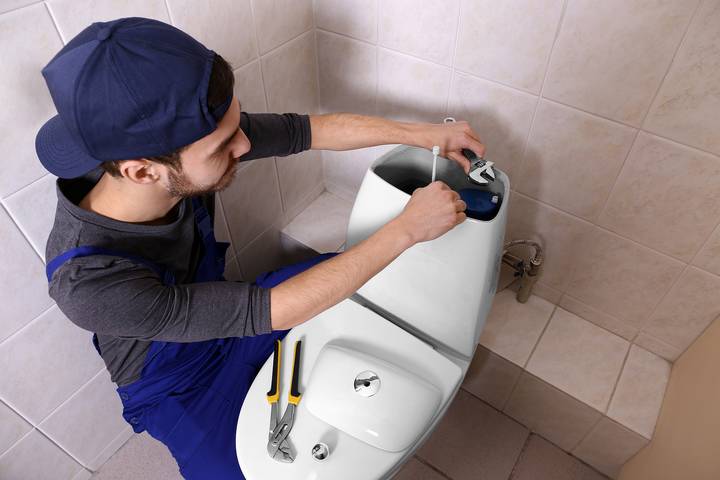
The small hose that connects to the overflow tube is known as the fill tube. This tube is responsible for filling the toilet tank after each flush. If it’s disconnected from the overflow tube, the valve will cut off the flow of water before the tank is filled. As a result, you may experience a toilet not flushing fully. To fix this, simply reattach it to the vertical tube.
Another likely scenario is that your fill tube could be worn out. Remove this part and inspect it for damages. If the tube is damaged, replace it. Luckily, finding a replacement is not difficult because fill tubes are more universal.
Low Water Pressure
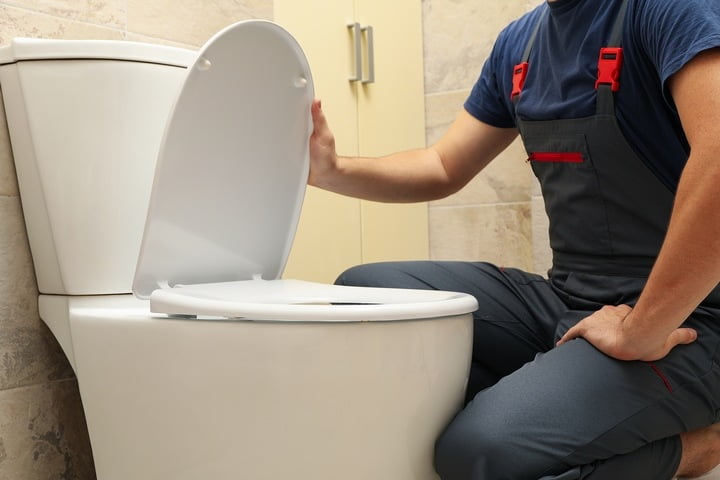
If a toilet is in perfect condition but does not fill up with water after flushing, you probably have low water pressure. Old rusty pipes and leaking pipes are the most common causes of low water pressure in homes. If this is the problem, your toilet will not be the only plumbing victim. Get a professional plumber to fix the low water pressure problem.
Blocked Sewer Vent
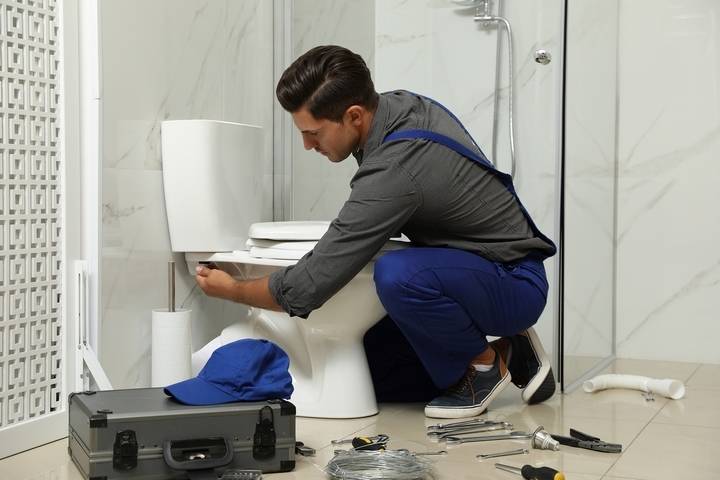
A blocked sewer vent line is a possible cause of low water levels in your toilet bowl. The sewer vent line is responsible for removing sewer gasses when the toilet is flushed. If there is no free airflow through the sewer vent line, the water level will be affected.
Possible reasons for blockage include leaves, bird’s nests, dead rodents, small branches, and other debris that make their way to your roof. To solve this, hire a professional to climb onto your roof and dislodge the debris using a plumber’s snake.



